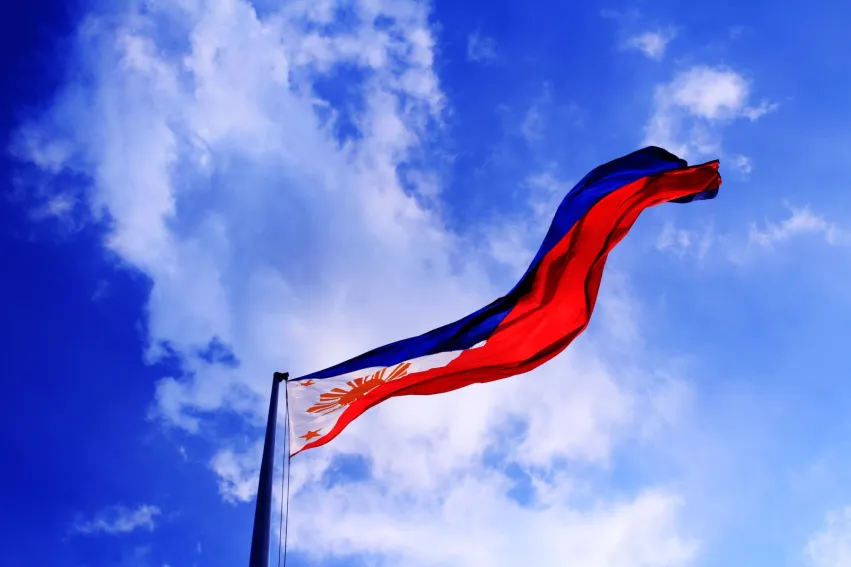
Philippine banks’ credit costs to further decline in 2022
Profits are expected to strengthen throughout the year as the economy recovers.
Philippine banks’ credit costs are expected to decline in 2022 with the most stressed loans either already recognised or restructured, reported S&P Global Ratings.
Credit costs are forecasted to drop further to 0.6% to 0.8% of loans, following a steep decline to about 1% throughout 2021.
The sector’s nonperforming loans (NPLs) of 4% and restructured, performing loans–which is at 2.2% of total loans–are at manageable levels, the ratings agency added.
Some slippage is possible from the restructured pool, especially from the services sector and from stretched consumers, S&P warned. However, Philippine banks are well placed to absorb this residual stress given their improved capitalization and adequate provisioning coverage.
“Overall, we believe the banking sector's NPL ratio has peaked and is likely to gradually decline supported by recoveries and write-offs,” S&P wrote.
Compared to regional peers such as Indonesia, Malaysia, and Thailand, the Philippines' ratio of restructured loans is noted to be significantly lower.
Profits on the rise
Along with lower credit costs, Philippine banks' profits are expected to strengthen in 2022, as the economy recovers with an expected gross domestic product growth of 7.2% in 2022.
The banking sector's return on average assets will return to the pre-pandemic level of 1.2%, compared with 1.1% in 2021, S&P said, on the back of higher credit growth, increase in fee income as business activity picks up, and lower credit costs.
Banks can also look forward to an uptick in demand for loans, with S&P forecasting credit growth of between 5% and 7% throughout the year.
“Any reduction in banks' regulatory reserve requirement can push credit growth toward the higher end of our forecast,” S&P said.
However, the agency warned that a significant rise in lending rates could dampen demand for credit and add to borrowers' interest burden, which could pressure asset quality. This is likely to affect highly indebted and lower-rated borrowers.
“Moreover, past rate hikes indicate that banks' ability to price up is suppressed by steep competition, especially for loans to large conglomerates. As such, the banking sector's good capital position and provisioning provide a cushion against any unexpected losses,” S&P said.
Banks' disposal of NPLs to asset management companies could also bring down the level of stressed loans visible in the system.




![Lorem Ipsum [ABF 1]](https://cmg-qa.s3.ap-southeast-1.amazonaws.com/s3fs-public/styles/exclusive_featured_article/public/2025-03/a_hand_pointing_to_a_futuristic_technology_5b87c9d0e3_1.png.webp?itok=2w0y1WhS)


![Cross Domain [Manu + SBR + ABF + ABR + FMCG + HBR + ]](https://cmg-qa.s3.ap-southeast-1.amazonaws.com/s3fs-public/styles/exclusive_featured_article/public/2025-01/earth-3537401_1920_4.jpg.webp?itok=WaRpTJwE)







 Advertise
Advertise

